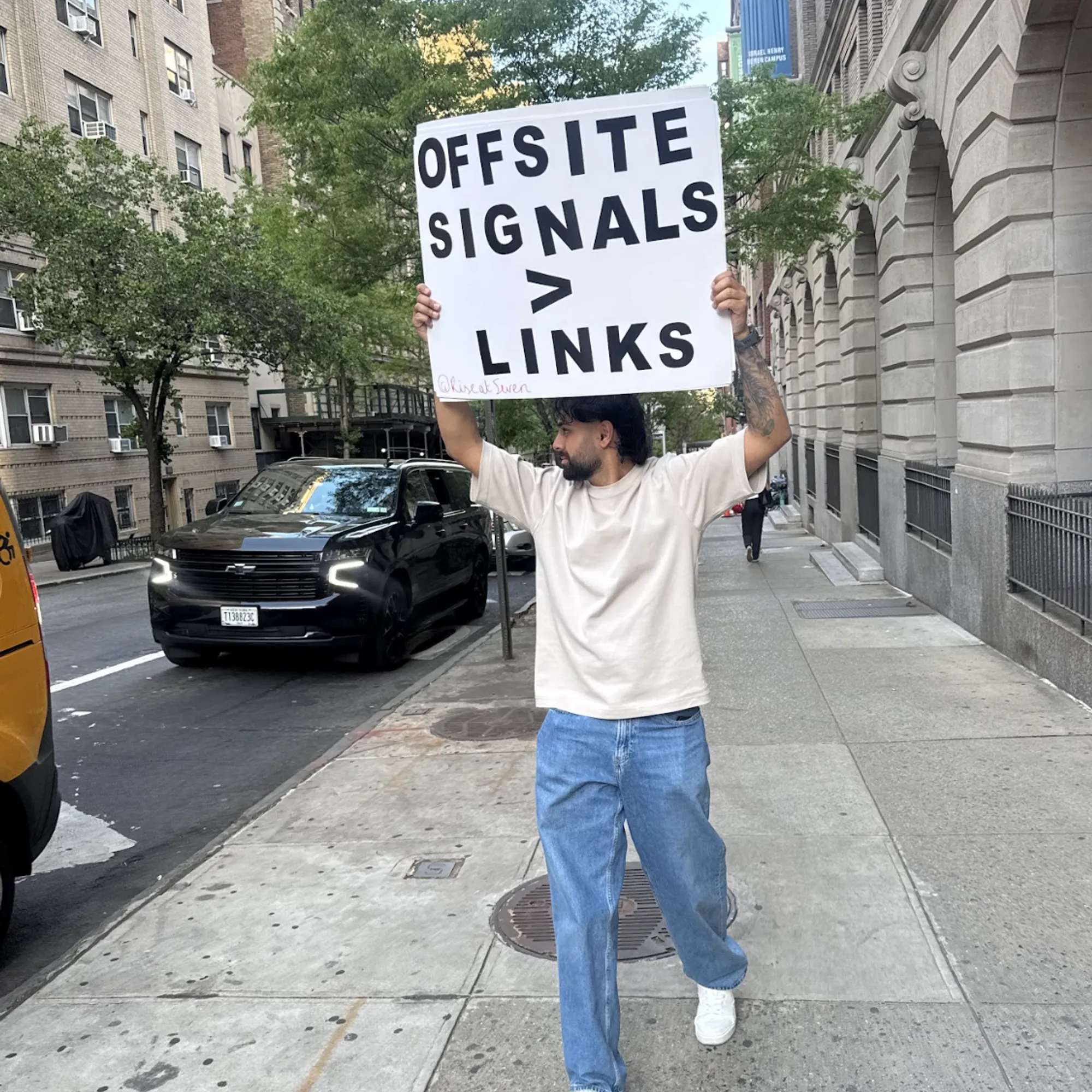High-quality content is an essential part of SEO and, for many, is considered to be one of the most important ranking factors. Not only does well-written content provide users with information about your product or services whilst echoing your brand’s tone of voice, but when optimised, it can help to drastically improve your discoverability and rankings in search engine results pages too.Whether you are a content creator who is looking to learn more about how to write content for SEO or are an SEO looking to brush up on their on-page content creation skills, we’ve put together a list of some of the key elements to consider when writing copy for SEO.
CTAs
A call to action (known as a CTA) is a line of text, an image or a button, which encourages site users to do something. It is literally a call for an action to be taken. A classic example of a CTA is “click here”.CTAs can be used to drive site users to a page where they will then complete a conversion. This could mean that they contact you, make a purchase, request more information, sign up to a mailing list, or something else. When creating CTAs you should first consider what desired actions you would like your visitors to take, and the level of buy-in you are asking for. For example, it may be appropriate to use “Get a Quote” on a page which offers services but you may wish to use a softer, less-promotional CTA for something which will appear on the homepage. You should try to tailor your CTAs for the page it will be featured on, using language which is appropriate and that will appeal to your target audience.
Heading Tags
Heading tags are HTML tags which mark-up headings on a website. They provide structure, help search engines and users to decipher the information, and make it easier to consume. Search engines use heading tags to gather content for your webpage and content. There are six tags in total, ranging from H1 to H6. H1’s are considered the most important tag (often used to display the title) and H6 tags are then considered the least important tag. These tags can have a positive impact on the findability and usability of your entire website, so it makes sense to try and optimise your heading tags where possible.
H1s
H1s are used as an introduction to your topic, just like a title. Therefore, you should try to include a keyword or phrase within this which clearly explains the topic. When creating an H1, you should try to make sure that it’s between 20 and 70 characters in length, any longer than this and the power of the tag will be diluted.
H2s
Think of H2s like chapters of a book, they cover the main points within your content and help users pinpoint categories or sections of information. Again, where convenient, keywords can be used to optimise your heading tags but try to avoid using too many, or too little variations of your chosen keywords or phrases, or this will be flagged as spam.Heading tags H3-H6 serve as additional sub-headings which can help to structure your content. It is important to remember that although they look the same, using the heading function within your content is very different from emboldening a piece of text to demonstrate it’s important. Search engines factor in heading tags when gathering search results, they do not take into account bold text.
Image ALT-Tags
An image ALT tag is an HTML attribute which attributes a text alternative to an image when appearing in search results. ALT tags are used to describe what an image is or what the image is supposed to represent. Not only is this a great way to describe images to visually impaired users who may be using screen readers whilst browsing but image ALT tags are also great for SEO.In terms of SEO, image ALT tags help search engines associate images with content so that they can accurately index it within search engine results pages (SERPs). This also offers you another opportunity to include and hopefully rank for your chosen keyword. When creating an image ALT tag you should try to explain what is happening within the image or what the image represents. The description should be short, relevant to the image and (preferably) involve a keyword or phrase which you are targeting. Most screen readers cut off at around 125 characters, so try to keep your ALT tag within this character count.
Internal Linking
Internal links are links which navigate from one page to another, separate page within the same domain.
Keyword Research
Keyword research plays a pivotal part in Search Engine Optimisation (SEO). This is where you research and discover the key terms that users will be entering into search engines when looking for the content you offer. Your keyword research will heavily influence your meta information, page titles, content body etc.The more broad and common a key term is, the higher the competition of gaining higher rankings. This means it’s incredibly valuable to find alternative keywords that may have a lower search volume but higher intent from users who are searching that query. Ensuring the keywords are relevant to the content you are offering is vital to increasing your chances of securing higher rankings and offering a great user experience.I mean, imagine spending your precious time writing an awesome article that nobody ever finds because it isn't optimised for key search terms...
Metadata
Metadata refers to snippets of data which provide search engines with more information about a web page. Metadata is important for SEO as this is what appears within search engine result pages (SERP) when a website ranks for certain queries. This information usually consists of the Meta Title and Meta Description.
Meta Titles
A meta title - or title tag - should tell users exactly what your web page and/or content is all about. This is an essential piece of metadata as this is the first thing a user sees when your page appears in organic search results. A well-written and well-optimised meta title can have a huge impact on your search engine rankings and your click-through rate.When creating a meta title you should try to keep things short and sweet. To avoid your title being cut off in search engine results, you should optimise your title length to the correct character count. Try to keep your title between 50 and 60 characters. To improve your chances of ranking, you should include your target keyword or phrase and position this towards the beginning of your title.
Meta Descriptions
Meta descriptions provide search engine results with a description about your web page, so it goes without saying that this should clearly describe what your page or content is about. Meta descriptions are a great way of finding out more information, so it is important to target your audience with an optimised description to improve your chances of ranking and increase your click-through rate.When creating a meta description you should try to keep this within the character count of 50-160 characters, anything longer than this and your description could be cut off in search engine results. Try to include descriptive and compelling information about your page, without being too wordy and exceeding the character limit. You should also try to include your target keyword or phrase in the description so that the content looks relevant to users in search result pages and also, to improve your chances of ranking for that specific term.
User Intent
User intent, also known as search intent or query intent, is the identification and categorisation of what an online user wanted to find when submitting a search query into an online search engine.User intent is arguably one of the most important areas of SEO. Whilst it is helpful to write for search engines and include everything which is considered best practice, the real ranking factor you need to consider when writing any piece of content is whether or not your content is useful, informative, engaging and relevant to your audience. Each of the points on this list is influenced by user intent. Targeting a range of keywords relevant to your audience and your content offering is recommended, however, targeting keywords or phrases which users are actively searching for because it offers information or answers a question, can have a huge impact on your SEO performance. For example, effectively optimising your content and answering a specific query could land you the all-important featured snippet (answer box) slot within search engine results.
These are our essential, top-level content writing tips when it comes to creating high-quality content for SEO. By following these tips, you could be on your way to increased SEO rankings in no time! For more SEO tools and tips, take a look at our recent blog on The Must-Have Chrome SEO Extensions.

















